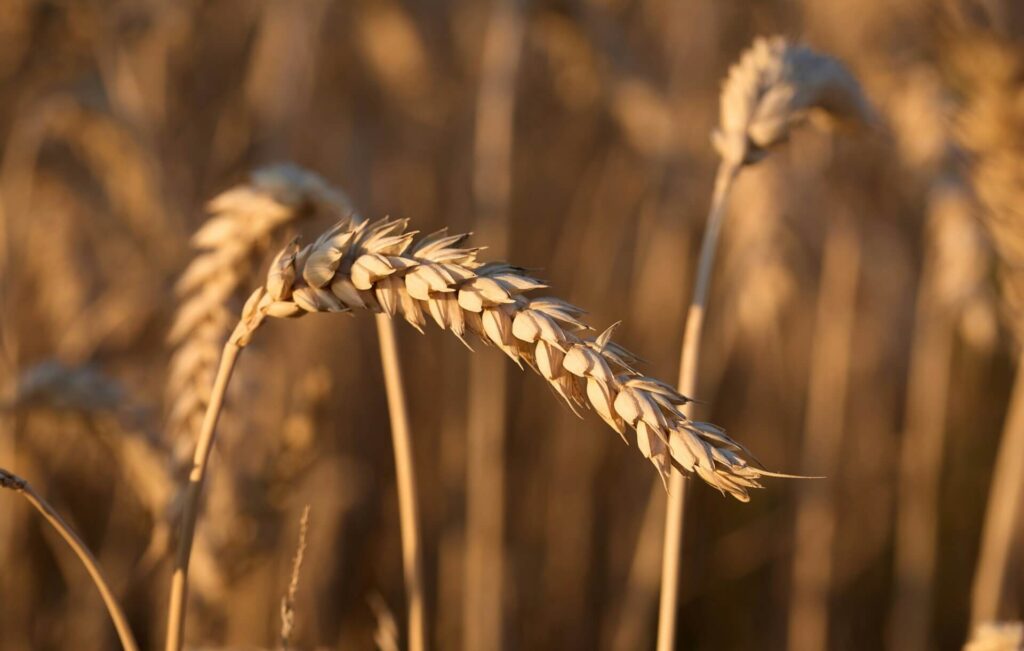Wheat has been a part of human civilization for thousands of years. It seems like it just grew and evolved alongside humans, swinging along like a best friend. One wonders that from ancient Egyptian bread to modern-day durum wheat pasta, apart from being a staple, what makes this crop unique?
The answer lies beyond taste and versatility, in the cellular structure of wheat, in its extra DNA, giving it a genetic edge that allows it to adapt and survive despite environmental stress. Exploration of the relation between wheat’s DNA and its ability to withstand abiotic stress becomes relevant in the current scenario of rapid climate change. It may bring answers for increasing cultivation of crops that can withstand extreme environmental stress and ensure we never go out of food.
Wheat is polyploid. This means it has multiple sets of chromosomes. Recent advances in Genomics and Biotechnology are emphasizing the study of the impact of polyploidy, providing data on how it affects wheat and how it will shape the future of food.
The extra genetic material has allowed wheat to adapt to different climates, resist diseases, translate to increased yield. However, it also makes studying and modifying its genome a challenge, since increased sets of chromosomes, increases the DNA and base sequences that need to be identified. Scientists therefore struggled to decode wheat’s massive genome. However, with the availability of Next-Generation Sequencing (NGS), researchers were able to get a breakthrough and have now successfully sequenced the wheat genome. This opened doors for targeted genetic improvements.
Next-Generation Sequencing (NGS) allowed analysis of billions of DNA fragments simultaneously to decipher the genetic makeup of wheat. When integrated with Artificial Intelligence, it helped analyse the big data generated by NGS far more quickly, and beyond human capacity to analyse such large datasets. This has helped in the identification of several genes responsible for yield, disease resistance, and drought tolerance, providing the input needed to plan selective breeding and genetic modification of this crop.
Targeting Induced Local Lesions in Genomes (TILLING) is a technique that introduced small mutations in wheat DNA and pinpoint genes responsible for desirable traits, such as pest resistance and improvement in quality, without using transgenic modifications of the crop.
CRISPR-based gene editing takes the story of wheat one step further by making precise genetic modifications. Scientists are using CRISPR to strengthen wheat beyond its natural gift of polyploidy by editing genes to enhance resistance to fungal infections, and boost nutritional content.
BotThoughts
Technologies such as NGS and CRISPR have brought a new era for the wheat crop. What once took centuries of selective breeding can now be achieved in a fraction of the time through cutting-edge biotechnology. As researchers refine these techniques, we are unlocking wheat’s full potential—using its genetic superpower to create a more resilient, nutritious, and sustainable food supply for the future.
The secret to feeding the world might just lie in the extra DNA hidden within every grain of wheat.




